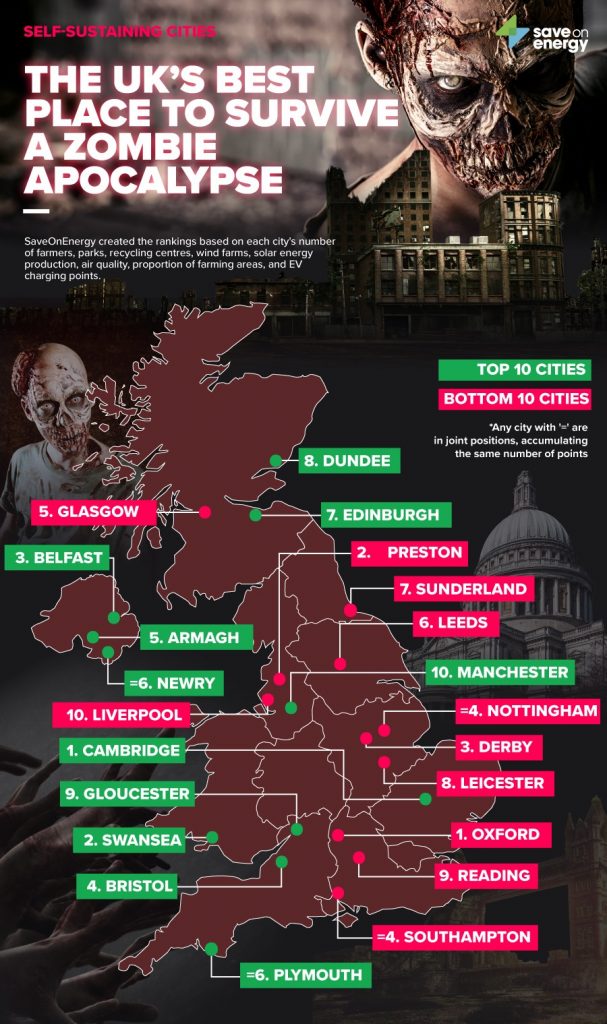Europe’s wind power leaders revealed
https://energymanagementsummit.co.uk/wp-content/uploads/2020/09/renewable-energy.jpg 960 640 Stuart O'Brien Stuart O'Brien https://secure.gravatar.com/avatar/81af0597d5c9bfe2231f1397b411745a?s=96&d=mm&r=gPoland has increased the percentage of electricity produced by wind turbines the most, with an increase of nearly 250,000% since 2000, according to data released by the EU and analysed by SaveOnEnergy.
In 2001, the European Union introduced the EC Directive 2001/77/EC, which promoted the production of electricity through renewable energy means. One such production method promoted by the EU was wind turbines.
Recently, the EU released the figures from their most recent data collection for how much electricity is produced by countries within their member states. This inspired energy experts at SaveOnEnergy.com/uk to investigate which countries have increased electricity production by renewable means by the greatest amount.
By comparing the percentage of electricity generated in each country by wind turbines in the year 2000, to the latest data released April 2021, SaveOnEnergy.com/uk can reveal which countries have increased the amount of electricity generated by wind turbines the most
The Countries With The Biggest Increase In Wind Turbine Generated Electricity
In first place is Poland. In 2000, only 0.003% of all electricity produced in Poland was by wind turbines. The latest data set shows that the percentage in Poland has risen to 7.5%, meaning electricity produced by wind turbines in Poland has increased by 249,900% since 2000.
Second is Czechia, with an increase of generated electricity via wind turbines of 69,900%. Only 0.001% of all electricity produced in the Czech Republic was by wind turbines in the year 2000, but the most recent data set shows the percentage has increased by 0.7%.
Placing third is France. France has increased electricity generated by wind turbines by 54,344.44% since 2000, with wind turbine produced electricity rising from 0.009% to 4.9% of all electricity produced.
4. Belgium – +49,400%
5. Ukraine – +23,233.33%
6. Turkey – +21,566.67%
7. Norway – +12,900%
Rounding off the top 10, in eighth place, is Austria. In the year 2000, the percentage of electricity produced by wind turbines was 0.1%. By 2018, this number had risen to 8.8%. This has resulted in an increase of 8,700%.
Ranking ninth is the United Kingdom. Only 0.2% of all electricity generated in 2000 was through wind turbines, but by the latest data collection, it is now over 17%. The UK has shown an increase of wind turbine produced electricity of 8,450%.
Finally, in 10th place, is Finland. The percentage of all electricity generated that was produced by wind turbines rose from 0.1% to 8.3%, leading to an overall percentage increase of 8,200%.
The Rest
11. Portugal – +5,175%
12. Sweden – +3,300%
13. Italy – +2,950%
14. Ireland – +2,670%
15. Latvia – +1,700%
16. Greece – +1,375%
17. Germany – +968.75%
18. Netherlands – +922.22%
19. Spain – +780.59%
20. Luxembourg – +452.38%
21. Denmark – +287.29%




